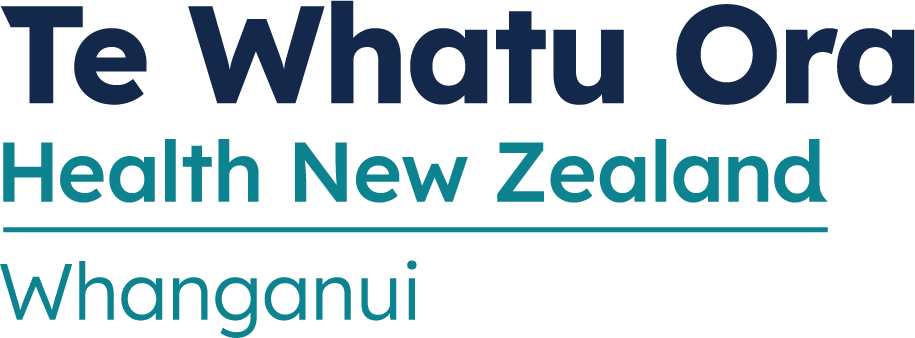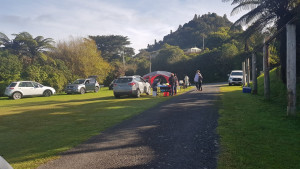
14 May 2020

The “pop-up” mobile testing clinic at Pipiriki.
Whanganui District Health Board has the second highest COVID-19 testing rate in New Zealand.
Figures released by the Ministry of Health this week show that Whanganui has tested 41 in every 1000 people in its region which covers the Whanganui district, large parts of Ruapehu and Rangitikei, and part of South Taranaki.
That is equivalent to approximately 5 per cent of the population, and only Tairawhiti DHB, based in Gisborne, has a higher ratio, with 52 people per 1000 population. The national average is 35 people per 1000.
Whanganui’s rapid rise in test numbers over the past few weeks represents a committed and co-ordinated approach which has seen the DHB, Whanganui Regional Health Network, primary care, iwi and kaupapa Māori health providers work together to provide safety and reassurance for the community.
A total of 3473 tests had been completed in the region as at Tuesday, 12 May, and the community-based assessment centres (CBACs) are currently averaging a 72.3 per cent swab rate from people presenting.
In the early stages of the COVID-19 response, the CBAC staff stuck to the tight case definition before swabbing people, meaning a smaller ratio were being tested. With the expansion of the case definition, staff now swab more than 90 per cent of those who attend the CBACs.
To date, the tests have produced just eight confirmed cases of COVID-19 and one probable case -- the last recorded case being on April 20.
The strategy has been to reach out to the more remote areas of the region and to assist those who have difficulty accessing health services. This has proved successful in engaging with communities which have proved hard to reach in the past.
This week there have been mobile “pop-up” clinics in Matahiwi, Ratana and Pipiriki which, as well as COVID-19 testing, have also offered flu vaccinations; child immunisation; HPV vaccines for youth; and welfare support.

Mary Bennett, chair of Hauora-a-Iwi and Emergency Operations Centre Iwi Lead.
“We talk about collaboration, but these ‘pop-up’ clinics have been a true example of collaboration in action and to the benefit of people living in these communities,” says Mary Bennett, chair of Hauora-a-Iwi and Emergency Operations Centre Iwi Lead.
“People living in remote and isolated communities can often have difficulty getting to appointments in the city. This experience tells us that when we work together with localised knowledge holders and take the services to the people, magic can happen.
“A great learning for community practice that responds to community needs. Something that we should all consider doing more of as we move forward.”
Last week, more than 700 DHB staff were tested and clinics were also held at Waiouru military base and the New World supermarket in Marton, while nurses also visited aged residential care facilities to test staff.
On Wednesday, Director-General of Health Dr Ashley Bloomfield announced that laboratories had processed 5961 tests the previous day, meaning New Zealand had reached a total of 203,045.
"The milestone of 200 thousand tests is just over 4 per cent of the population and is a significant achievement,” he said.
“This is a testament to how our health services, including labs, were able to gear up in response to COVID-19 and protect New Zealanders. It’s a major reason for our success to date.
"I want to recognise everyone who has been tested, and the skilled workforce carrying out this testing which will continue to be an important pillar in the fight against COVID-19."



